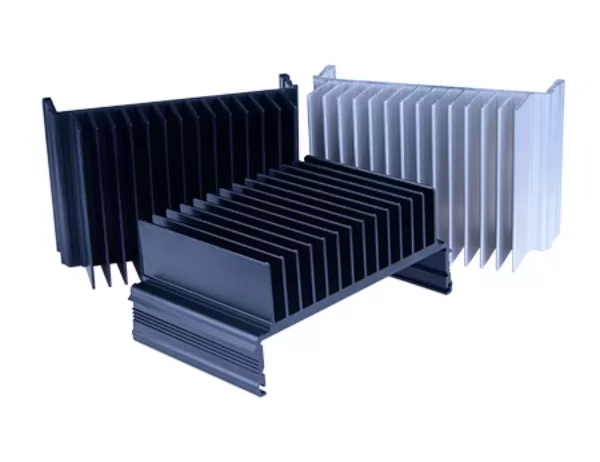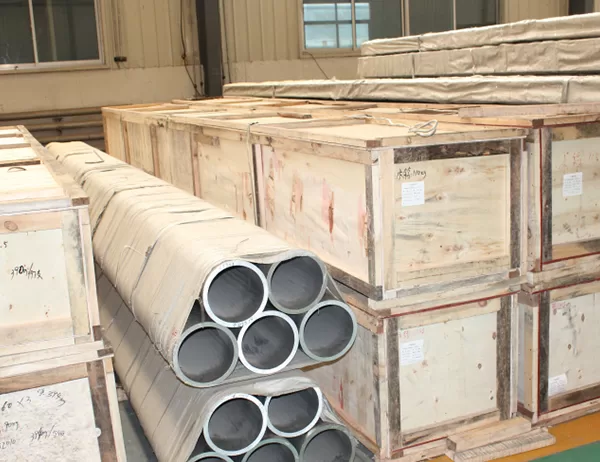Introduction
In the intricate tapestry of modern electrical systems, 6101 aluminum alloy plays a pivotal role, its exceptional qualities enabling the seamless flow of electricity and shaping the technological landscape of our time.
Unique Properties
6101 aluminum alloy boasts an unparalleled combination of low electrical resistance, high strength, and excellent corrosion resistance. Its low electrical resistance ensures minimal loss of energy during current flow, while its high strength provides structural integrity even under demanding conditions. The alloy’s resistance to corrosion ensures longevity and reliability in harsh environments.
Electrical Applications
In electrical systems, 6101 aluminum alloy finds widespread use as:
Conductors: Its exceptional conductivity makes it ideal for transmitting electricity in power lines, transformers, and busbars.
Busbars: As busbars, it distributes electrical current within electrical panels and switchboards.
Power Transformers: In transformers, 6101 aluminum alloy plays a crucial role in windings and tap changers.
Advantages over Copper
Compared to traditional copper conductors, 6101 aluminum alloy offers several advantages. It is:
Lightweight: Aluminum is significantly lighter than copper, making it easier to handle and install.
Cost-effective: Aluminum is less expensive than copper, offering cost savings without compromising performance.
Sustainable: Aluminum is a highly recyclable material, reducing its environmental impact.
Conclusion
6101 aluminum alloy is a vital component of modern electrical systems. Its unique properties enable the efficient, reliable, and environmentally friendly distribution of electricity, shaping the way we power our homes, industries, and societies. As the demand for energy continues to grow, 6101 aluminum alloy will play an increasingly significant role in meeting our electrical needs.




